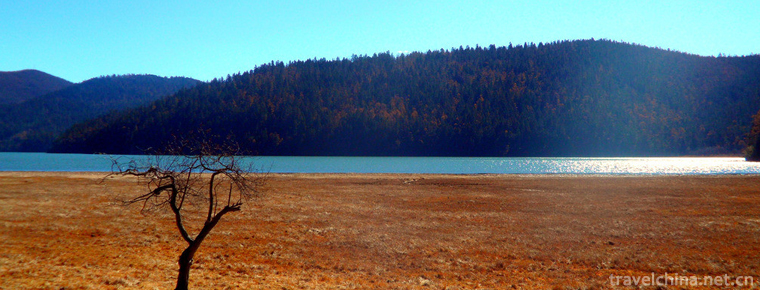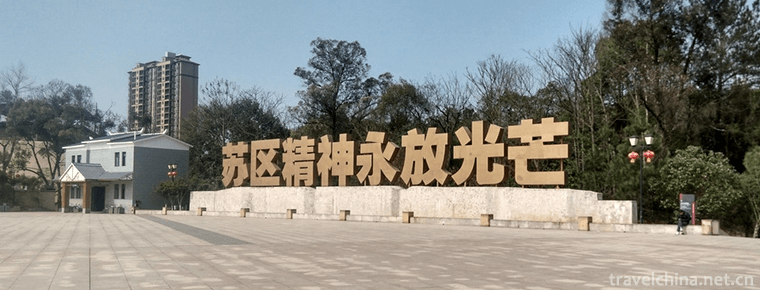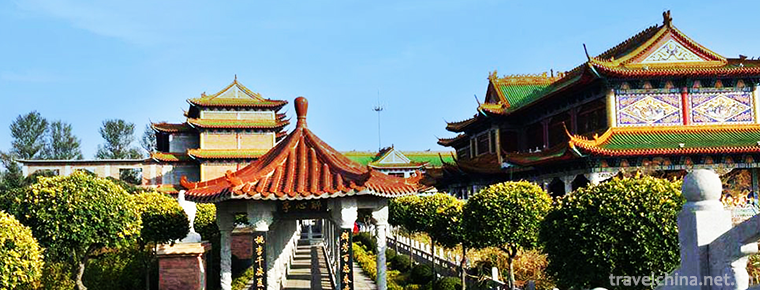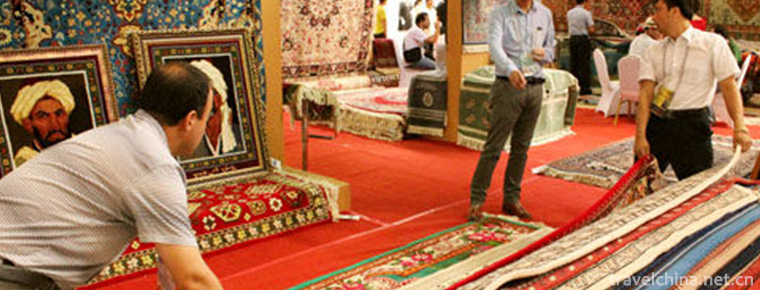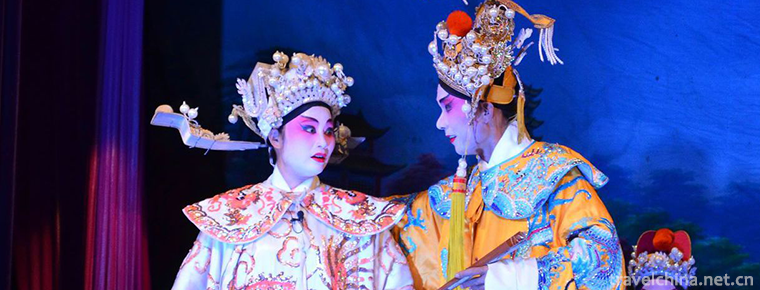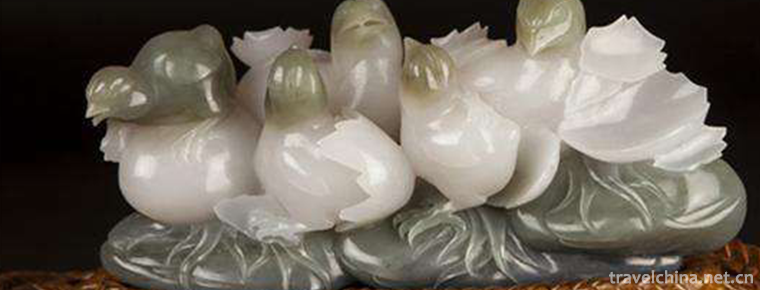How long does it take for Chengdu to get to the giant panda base
When you come to Chengdu, you must come and see the lovely giant panda. The nearest panda base to the city is the giant panda breeding research base. How long does it take from Chengdu to the giant panda base?
Giant Panda Breeding Research Base
Address: no.1375, panda Avenue, Waibei, Chenghua District, Chengdu, Sichuan Province (15 km away from the city center)
How to get to the giant panda breeding research base?
1. Bus: take the bus from the city to the zoo bus station. You can get to the panda base in 198a or 198.
2. Scenic spot through train: from Kuanzhai alley or Dufu thatched cottage, there is a through train to these scenic spots. There is no need to transfer. It is very convenient for foreign tourists to visit multiple scenic spots in one day.
3. Airport panda base: take bus No.303 of Shuangliu International Airport to "Provincial Gymnasium station", transfer to bus No.99 to "zoo station", and then transfer to bus No.87 or no.198 to "panda base station". The whole journey is about 37 km and takes about 2 hours and 20 minutes.
4. Chengdu North Railway Station - Panda Base: take bus No.9 to "zoo station", and transfer to bus No.87 or no.198 to "panda base station". The whole journey is about 11 km and takes about 1 hour.
5. Chengdu City - Panda Base: take the bus to the zoo bus station in the urban area, and then change to bus No.87 or no.198 to the "panda base station". It takes about 1 hour and 30 minutes
6. Taxi: about 50 yuan from downtown to panda base.
7. If you think it's expensive to take a taxi, or if it's troublesome to transfer to a bus, you can buy a one-day round-trip and send it directly to the scenic spot, which is round-trip, including tickets.
Through train:
Specific departure time:
Wuhou Temple / Jinli (starting point) - Panda Base (25km)
Departure time: 8:30-15:00 (half an hour)
Return time: 9:30-18:00
Kuanzhaixiang (starting point) - Panda Base (25km)
Departure time: 8:30-14:30 (every hour)
Return time: 9:30-17:30 (every hour)
Chengdu east bus / train station (departure point) - Panda Base (30km)
Departure time: 8:30-15:00 (every hour)
Return time: 9:30-18:00 (every hour)
Panda base (starting point) - Sanxingdui site (43km)
Departure time: 12:30
Return time: 15:30 16:00 (back to Wuhou Temple)
Panda base airport: take the bus to Wuhou Temple or Kuanzhai alley, and then transfer to the airport
Panda base Dujiangyan: take the bus to Wuhou Temple or Kuanzhai alley, and then transfer to the airport

How long does it take for Chengdu to get to the giant panda base
-
Pudacuo National Park
Pudacuo National Park, located in the center of the world natural...
Views: 203 Time 2018-10-18 -
PRC Cradle Scenic
Cradle Scenic Area of Ruijin Republic, National AAAAA Tourist Scenic Area, National Key Cultural Relics Protection Unit, National Patriotic Education Demonstration Base, National Red Tourism Classic S
Views: 224 Time 2018-12-08 -
Sannong Expo Park
Shenyang Sannong Expo Park is located in the south of Daliutun Town, Xinmin City, Liaoning Province. It is 15 kilometers away from Xinmin City and 75 kilometers away from Shenyang City. It was built i
Views: 140 Time 2018-12-18 -
Silver Beach
Beihai Silver Beach is a tourist attraction of Beihai City. It is located in Yinhai District of Beihai City, Guangxi. It starts at the fishing port of Qiaogang Town in the West and reaches Guansha in
Views: 332 Time 2018-12-26 -
Heizhugou Scenic Area
Heizhugou National Forest Park, located in Heizhugou Town, Ebian Yi Autonomous County, Leshan City, Sichuan Province, spans Haqu Township, Lewu Township and Jinyan Township.
Views: 257 Time 2019-01-13 -
Carpet Weaving Techniques
Uygur carpet is a handicraft with a long history and tradition. It integrates painting, sculpture, knitting, embroidery, printing and dyeing. Characteristic
Views: 129 Time 2019-04-26 -
Lei opera
Lei Opera, formerly known as the Grand Opera Class, was once known as "Leizhou Opera" because of its early tune of Leizhou songs. It is one of the national intangible cultural heritage of Le
Views: 162 Time 2019-05-11 -
Jade Carving in Yangzhou
Yangzhou has a long history of jade carving. Jade carving in Yangzhou reached a new peak in the Tang Dynasty, and carving and striping appeared in the Song Dynasty. During the Qianlong reign of the Qi
Views: 114 Time 2019-07-10 -
Beijing University of Posts and Telecommunications
More than sixty years of wind and rain, more than sixty years of spring and autumn fruits. In the north of Mingguang and the south of Jimen, the ancient city walls witness the ever-lasting radio waves
Views: 131 Time 2019-09-22 -
China University of Mining and Technology
China University of Mining and Technology (China University of Mining and Technology), referred to as China Mining University, is located in Jiangsu province. Xuzhou City Yes
Views: 176 Time 2019-12-19 -
Jiufeng Mountain Scenic Area
Jiufeng Mountain is located in Dabao Township in the northwest of Pengzhou. It is about 97 kilometers away from Chengdu, with an altitude of more than 3315 meters. It is the crown of Pengzhou mountains, a sacred and mysterious area
Views: 257 Time 2020-11-05 -
Neijiang administrative division
Neijiang City governs 5 county-level administrative divisions (Municipal District 2, county-level city 1, county-2), and 83 township level administrative divisions (street 13, town 70). It covers an area of 5386 square kilometers and has a population of 4.27 million.
Views: 170 Time 2020-12-16
